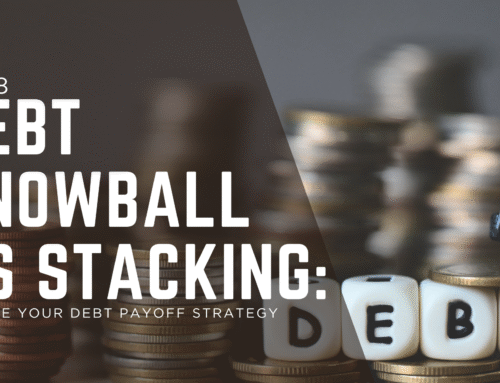
🍽️ This Week: Conquer Your Food Budget
Food is one of the most flexible budget categories – and one where small changes can lead to massive savings. Learn how to transform your eating habits and keep thousands in your pocket.
The Food Spending Reality Check
💰 Your Biggest Money Hemorrhage?
If you keep a budget, and you should, you’ll probably see this category as one of your biggest money hemorrhages. If you aren’t tracking your spending, start now. You’ll likely be surprised and maybe horrified at how much you spend here.
🍔 Eating Out Lifestyle
- Lunch: $10-15 daily
- Dinner: $15-25 per person
- Coffee: $3-5 daily
- Monthly Cost: $600-1,200+
🏠 Home Cooking Lifestyle
- Home lunch: $2-4 daily
- Home dinner: $3-6 per person
- Home coffee: $0.50 daily
- Monthly Cost: $200-400
📊 Potential Monthly Savings
Current Food Spending: $800/month
Target Food Spending: $350/month
Monthly Savings: $450
Annual Savings: $5,400
That’s a car payment or significant debt reduction!
The Grown-Up Mindset Shift
🧠 Changing Your Relationship with Food Preparation
Maybe you don’t like to cook; some people don’t, so you eat out a lot! You probably also don’t like cleaning, doing laundry, or running errands. But you still do it because it’s part of being a grown up.
💡 The Outsourcing Reality Check
Think about it; you could outsource those other things like you’ve been outsourcing feeding yourself. So why don’t you? Because that would be a big waste of money. Well, how is eating any different? It isn’t! So stop doing it!
🎯 Your New Mantra
Buy lots of Ramen, whatever. But you must start eating at home and taking your lunch to work.
Strategy 1: The Pantry Challenge
🏠 Eat What You Already Own
Go to your fridge, freezer, and cupboards and see what you can use up before you buy more groceries. If you have a weird assortment of things, you can use a site like My Fridge Food to turn those ingredients into a meal. Think of it as an episode of Chopped!
🌐 Creative Meal Resources
- MyFridgeFood.com: Enter ingredients you have, get recipe ideas
- SuperCook.com: Similar concept with extensive recipe database
- AllRecipes.com: Use their ingredient search feature
- Mobile apps: Many recipe apps have “ingredients on hand” search
Strategy 2: Master Meal Planning
📝 The Meal Planning Process
Strategy 3: The Slow Cooker Solution
🍲 Your New Best Friend in the Kitchen
We’re trying to save money so if you don’t already have one, buy a slow cooker. They make batch cooking easy because once the food goes into the pot, you don’t have to do anything else.
💰 Cost-Effective Cooking
You can save by buying dried legumes (pigeon peas, red/pink/black beans, channa) and slow cooking rather than buying them in the tins.
⏰ Time Saving
Prep in the morning, come home to a ready meal. Perfect for busy schedules and reducing temptation to eat out.
🍛 Batch Cooking Made Easy
Large capacity allows cooking multiple meals at once. Freeze portions for future quick meals.
🔪 Tenderizes Cheap Cuts
Turns inexpensive meat cuts into tender, flavorful meals through slow, moist cooking.
Strategy 4: Smart Portioning & Storage
🍱 The Grab-and-Go System
Portion out your batches, so you just have to grab a container in the morning on your way out the door, so you don’t have to buy lunch.
🔄 Reuse, Recycle, Reduce!
You may not even have to purchase container to do this…small butter containers are one portion, large ones – two portions. Reuse, recycle, reduce!
- Glass jars from pasta sauce, pickles, etc.
- Butter/margarine containers
- Yogurt containers
- Takeout containers (wash and reuse)
The Balanced Approach
🎉 Budget for Occasional Treats
Of course, you are going to eat out sometimes, and that’s great as long as you have budgeted money for it. The key is making it a planned treat rather than a daily habit.
🍕 Smart Eating Out Strategies
- Budget a specific amount monthly for restaurants
- Choose lunch instead of dinner (often cheaper)
- Drink water instead of paid beverages
- Share entrees or take half home for another meal
- Use coupons and happy hour specials
🛍️ Coming Next Week: The Small Stuff
Stay tuned as we tackle daily habits, shopping temptations, and recurring expenses like gym memberships. Learn how small changes create big savings!
“A wealthy person is simply someone who has learned how to make money when they’re not working.” – Robert Kiyosaki
📚 Continue Your Savings Journey
Missed our previous budget-cutting articles? Check out Housing & Transportation Savings.







